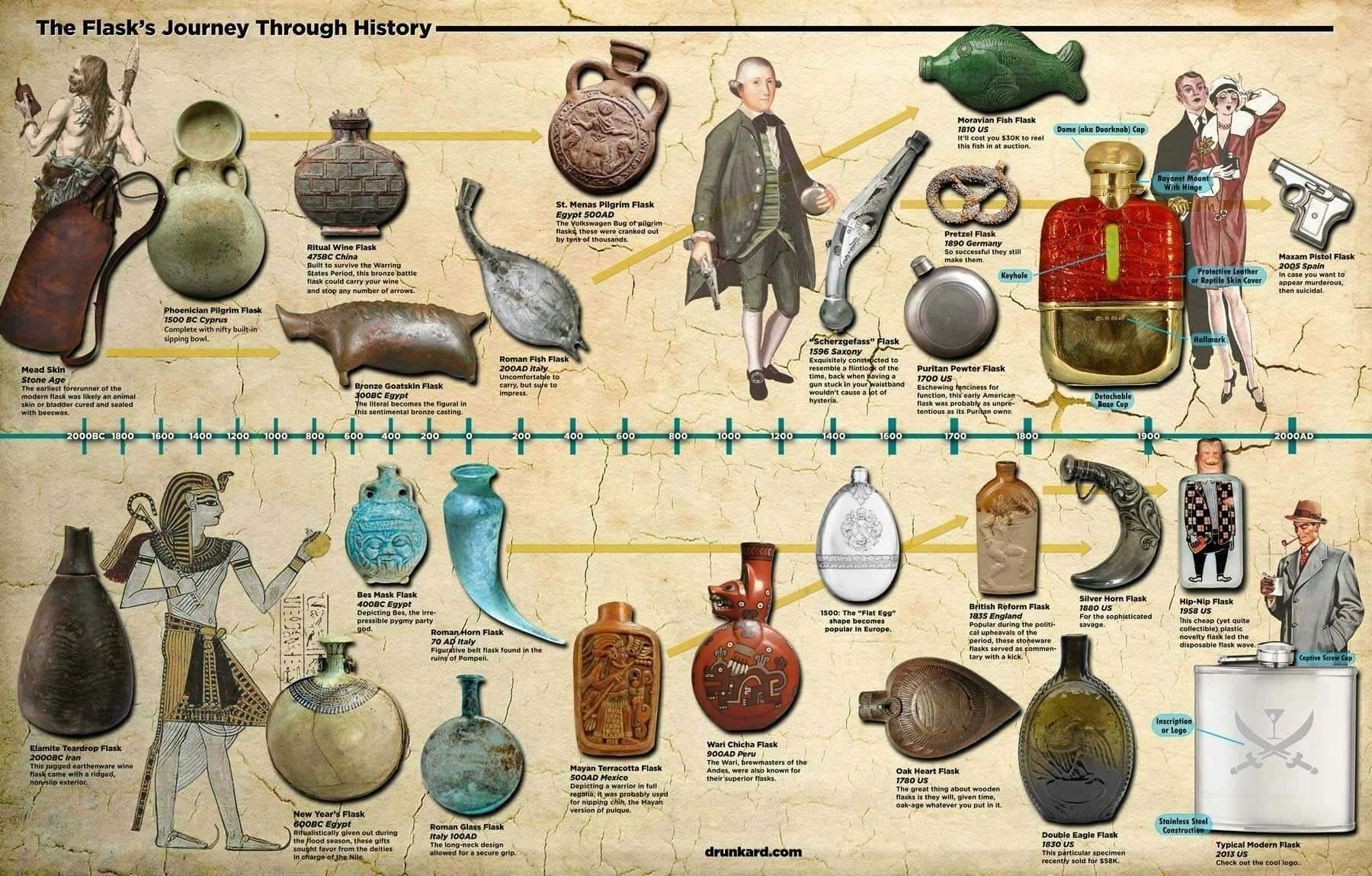Not known Details About The Pocket Hip Flask Co
Our The Pocket Hip Flask Co Statements
Table of ContentsThe Pocket Hip Flask Co Can Be Fun For AnyoneAn Unbiased View of The Pocket Hip Flask CoThe Greatest Guide To The Pocket Hip Flask CoLittle Known Questions About The Pocket Hip Flask Co.What Does The Pocket Hip Flask Co Mean?
UK regulations are a lot a lot more explicit, with 2 alcohol-related regulations that pertain to flasks including the Licensing Act of 2003 and Roadway Website Traffic Act 1930 (pewter flasks). The Road Traffic act of 1930 was revised in 1988 and is known in some circles as the Hip Flask Protection Act. The main element of this regulation relates to being under the impact of medications or alcohol while running a car
It does not promise that federal governments will prevent the sales of flasks in the future. Though several establishments bar them, and it is illegal in lots of areas to consume publically, flasks are still popular and helpful in particular scenarios. Certainly, if flasks are ever before disallowed, individuals can resort to traditional tactics of hiding their alcohol: For the last hundred years, flasks have ended up being an extremely usual, traditional present for a man that will wed, to provide to his finest guy and groomsmen, as presents, on his wedding day.
The mom and daddy of the bride, and of the bridegroom, also receive these gifts on a regular basis, as the flasks can currently be personalized, individualized, inscribed in a really excellent fashion, making the flask a wonderful memento of the big day.
The 20-Second Trick For The Pocket Hip Flask Co

Typically ships within 2 working days. We will call you straight if for any kind of reason shipping may take longer. Unleash your internal adventurer with the Bremont Hip Flask. With a distinct layout motivated by vintage Jerry Cans, it has been meticulously crafted from premium stainless-steel, brass and natural leather, with an attractive laser etched panel including the Bremont logo.
Covered in bespoke 'Sassenach Tartan' tweed woven in Scotland and highlighted with special info brownish natural leather trim, this 6oz stainless steel hip flask is a whisky fan's best good friend. It can be found in a discussion box with a small channel for loading your flask, making a perfect gift. This flask will fit neatly in any bag or bag don't leave home without it!: 4 3/8" high 3 3/4" wide 1" deep Your hip flask is made to bring alcoholic spirits.
What Does The Pocket Hip Flask Co Do?
The flask will certainly give years of usage if you make use of a couple of basic standards. 1. Prior to first usage, clean the inside with warm water and washing up fluid. Rinse completely. 2. In between usages, tidy and enable to completely dry. 3. Hip flasks are made for short term storage space. Consume alcohol components within a number of days.
The Sassenach Tweed is 100% pure new wool woven in Scotland. Wipe clean only. Get in touch with Us Delivering and Returns.

Things about The Pocket Hip Flask Co
These very early flasks frequently included attractive components which represented the saints of the holy sites they checked out. It had not been until the 18th century that we start to see the development of the flask as we know it today. This is due in large component to improvements in the purification procedure, which made it feasible to create the sort of alcohol that can hold up against lengthy journeys without spoiling.
The flask played a significant role during the 1920's when America passed restriction legislations avoiding the manufacturing, distribution or usage of alcohol throughout the nation. Not remarkably, along with the speakeasy, the appeal of the flask rose as males and females flouted legislations, lugging flasks of whiskey and rum beneath their clothing to nip at, share and sell.
Typically a glass blown flask made mainly in the Northeast by Masons themselves for the Lodge meetings where guests were anticipated to bring their very own alcohol. These flasks can be recognized by the Masonic symbols embossed onto the glass throughout the manufacturing process. No discussion of the flask is complete without an introduction of the products utilized to make them.
Glass, Going back to 5000-3500 BCE, blown glass has been used as a container for liquids, a lot of widely utilized in the Masonic flasks stated over. Today's glass flasks are often integrated with a steel cap and base to strengthen the breakable glass itself. Stainless-steel, One of the most popular product used today is stainless steel due to its cost and strength.
The Pocket Hip Flask Co Can Be Fun For Everyone
Of the products discussed below, stainless-steel is by far the most sturdy, scrape and stain immune and keeps it's high polish for several years. Pewter, A malleable metal alloy that dates back to the Bronze Age, pewter is more expensive than stainless-steel however cheaper than admirable silver. Kept in mind for its distinctive patinaparticularly in older flasks, which have actually tarnished and oxidized turning the steel a dark greya pewter flask usually has that distinct look of a conventional antique item.